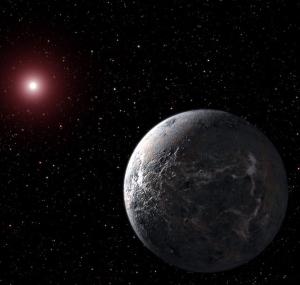Artist's concept of a rocky planet in orbit around a distant star.
Click on image for full size
NASA, ESA and G. Bacon (STScI)
Planets around other Stars
Did you know that about 200 planets have been found around distant stars? The first planet around a star like our Sun was found in 1995. Since then, a new planet has been found almost every month!
The star and its planet move around each other. The planet moves in a wide orbit. The star just wobbles slightly. This causes a Doppler shift of the light. Most of the distant planets were discovered this way.
Some of the planets pass in front of their star. This blocks out some of the light. It makes the star look dimmer. It's like a solar eclipse. The planet only covers a small part of the star. Only a few of the planets pass in front of their stars.
All of the new planets are too far away to see directly. We can only see their effect on the star that they orbit.
You might also be interested in:
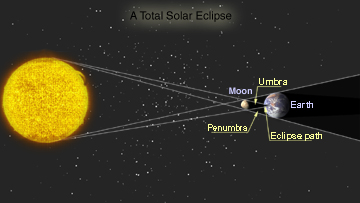
An eclipse of the Sun occurs when the Earth passes through the moon's shadow. A total eclipse of the Sun takes place when the Moon is directly between the Sun and the Earth. When a total eclipse does
...more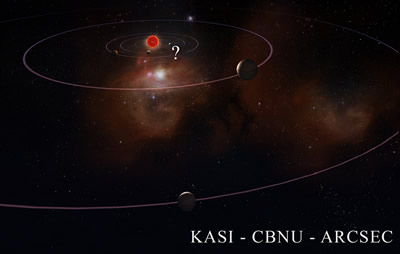
For a long time, scientists have wondered if there are other systems of planets like our own in our galaxy. Recently scientists discovered a solar system that has smaller versions of Jupiter and Saturn.
...more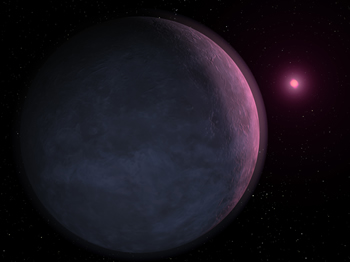
It isn’t easy to find a planet that is like Earth. Most of the planets that astronomers are finding outside of our solar system are huge - much more massive than Earth. However, astronomers searching the
...more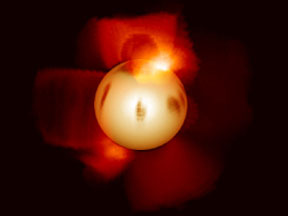
Did you know that the Sun has spots? They are called sunspots. Other stars have spots too. They are called starspots. Both sunspots and starspots are cool spots (well, colder than the bright areas around
...more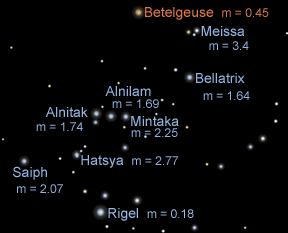
Astronomers use a special term to talk about the brightness of stars. The term is "magnitude". The magnitude scale was invented by the ancient Greeks around 150 B.C. The Greeks put the stars they could
...more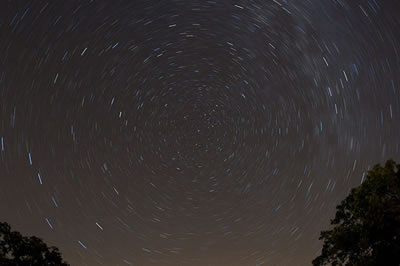
Because of the rotation of the Earth and its orbit around the Sun, we divide the stars and constellations into two groups. Some stars and constellations never rise nor set, and they are called circumpolar.
...more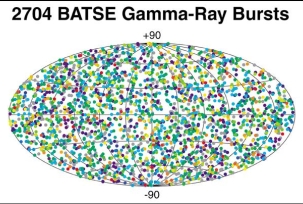
Satellites in the 1960's looked for a type of light called Gamma Rays. They found bursts of Gamma Rays coming from outer space! They can't hurt you. They are stopped by the Earth's atmosphere. We have
...more


